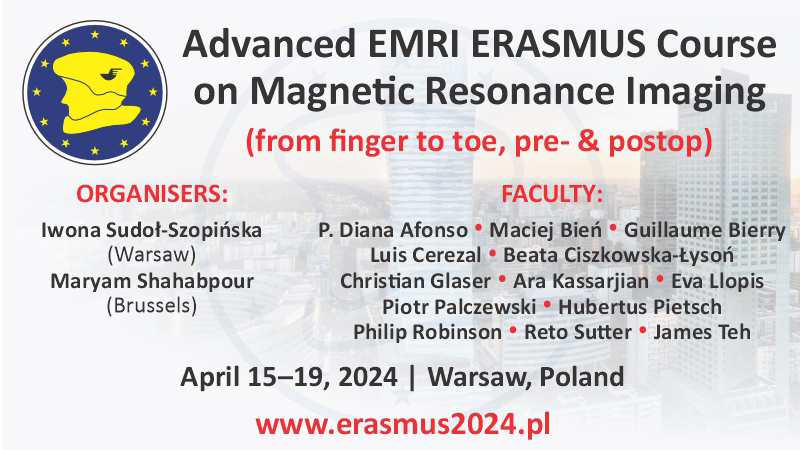Errors and mistakes in ultrasound diagnostics of the thyroid gland
Katarzyna Dobruch-Sobczak1, Maciej Jędrzejowski2, Wiesław Jakubowski1, Anna Trzebińska3
 Affiliation and address for correspondence
Affiliation and address for correspondenceUltrasound examination of the thyroid gland permits to evaluate its size, echogenicity, margins, and stroma. An abnormal ultrasound image of the thyroid, accompanied by other diagnostic investigations, facilitates therapeutic decision-making. The ultrasound image of a normal thyroid gland does not change substantially with patient’s age. Nevertheless, erroneous impressions in thyroid imaging reports are sometimes encountered. These are due to diagnostic pitfalls which cannot be prevented by either the continuing development of the imaging equipment, or the growing experience and skill of the practitioners. Our article discusses the most common mistakes encountered in US diagnostics of the thyroid, the elimination of which should improve the quality of both the ultrasound examination itself and its interpretation. We have outlined errors resulting from a faulty examination technique, the similarity of the neighboring anatomical structures, and anomalies present in the proximity of the thyroid gland. We have also pointed out the reasons for inaccurate assessment of a thyroid lesion image, such as having no access to clinical data or not taking them into account, as well as faulty qualification for a fine needle aspiration biopsy. We have presented guidelines aimed at limiting the number of misdiagnoses in thyroid diseases, and provided sonograms exemplifying diagnostic mistakes.






